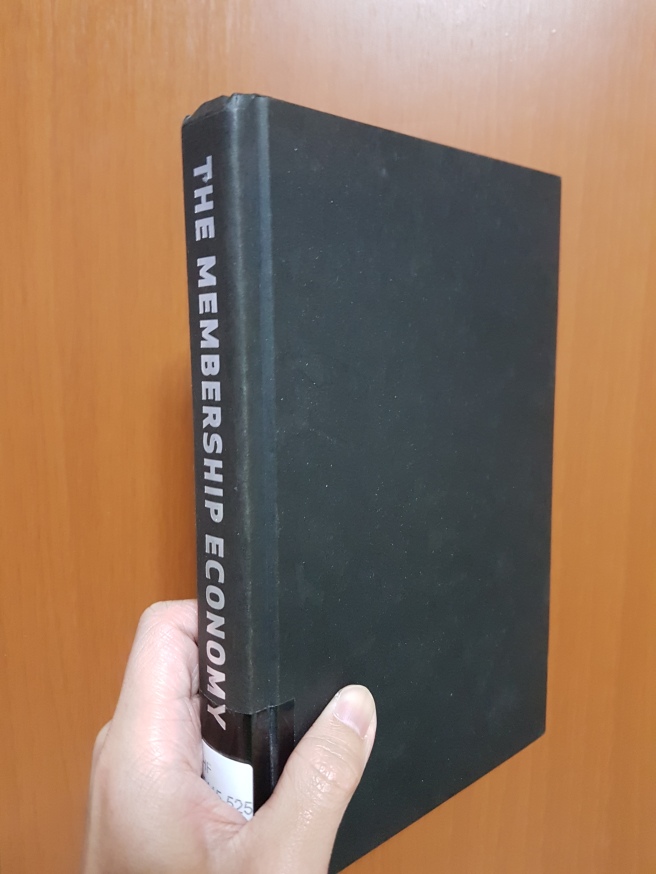
Started on 10 October 2018, Ended on 22 October 2018
On a streak of borrowing books from my school library! I borrowed this book with the intention of learning how to incorporate subscription business model into a business idea that I have.
Decent read, learnt several new things from this book. It is a book that is helpful for aspiring entrepreneurs trying to start a business which revolves around subscription. At the same time, you will learn more about subscription-based business such as Netflix, Amazon Prime, Adobe etc.
Key Takeaways:
The Membership Economy is all about putting the customer at the centre of the business model rather than the product or the transaction.
If you want to be a true Membership Economy company for all the benefits it offers, you need to promote a culture of marketing innovation and technology.
Hourglass Funnel, how important it is to retain the customers you have acquired: (Forever Transaction)
******Aware*****
****Trial****
**Sign-up**
Loyal Members
*Increasing Engagement*
******Referral Source******
Once you have an efficient funnel, you want to bring members on board by removing friction and delivering immediate value.
New member > Remove friction > Deliver immediate value > Reward desired behaviours > Superuser
Gamification is the idea of applying game thinking and mechanics to nongame settings, usually as a motivator. It can provide an extrinsic motivation for customers to participate until intrinsic motivation kicks in. It is a means of artificially providing value to the members before they begin to experience the authentic value of the membership.
If you offer too much value in the free offering, members have no incentive to upgrade. If you don’t offer enough value, you don’t attract anyone. Worse, an unsatisfactory freemium option can anger users who feel they’re being forced to upgrade to get the bare minimum value. Many companies have failed because they didn’t find the right balance between free and paid offerings and value.
A business can’t make money if no one is paying, even with 25 million users.
Moving from free to paid for the same service is extremely difficult, regardless of the value.
Loyalty programs can be powerful, but need to be differentiated of they become box checkers and don’t actually create value.
This transition from start-up to mature organization is deceptively difficult. Everyone knows that getting started is hard, but most people don’t realize how many companies nose-dive after a fantastic launch phase.
Moving from the single big idea to continuous innovation is tricky, but critical.
